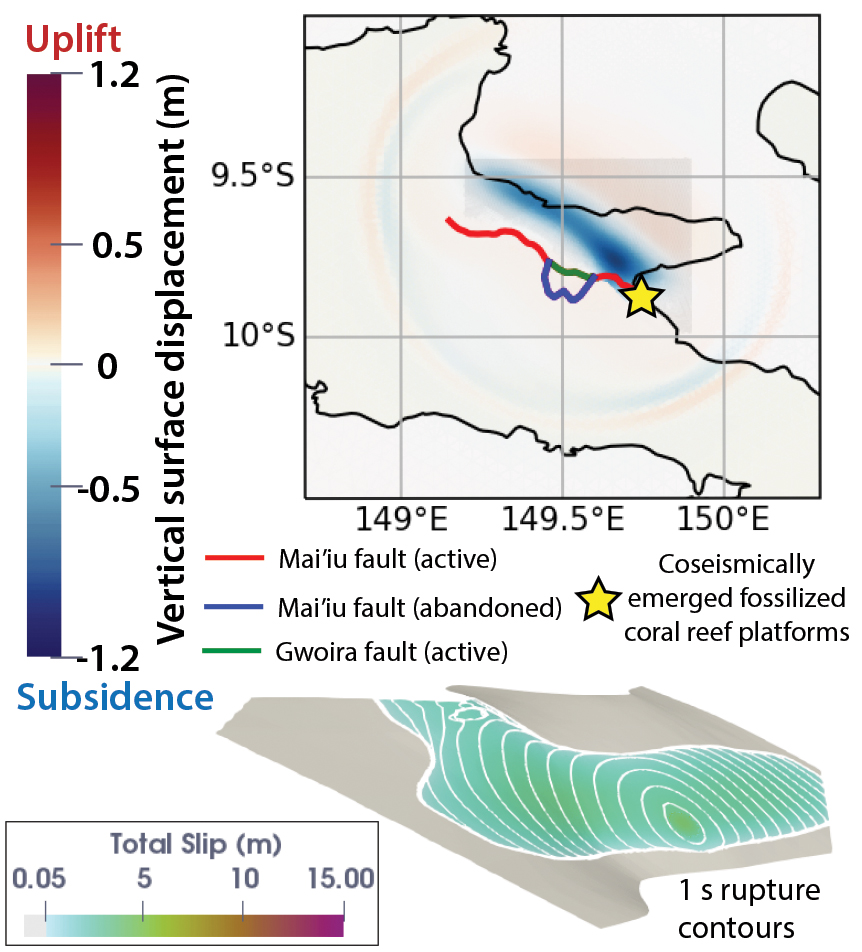IGPP is pleased to invite you to join its Fall 2021 Seminar Series presentation featuring James Biemiller. Dr. Biemiller's talk, "Seismic-cycle mechanics of an active low-angle normal fault: the Mai’iu fault in Papua New Guinea" will be available in person, in the Munk Conference Room and on Zoom on Tuesday, November 30, 2021, starting at 12:00pm. Zoom: https://ucsd.zoom.us/j/98627928849?pwd=K1FUUkY3cVNzeTFIVHJxdE9UU0Nadz09. Password: Rupture

Date: Tuesday, November 30, 2021
Time: 12:00 pm, Pacific Time
Location: Munk Conference Room and Zoom
Note: This meeting will be recorded. Please make sure that you are comfortable with this before registering.
Abstract: Despite a decades-long debate over the mechanics of low-angle normal faults, dipping less than 30°, many questions about their strength, stress, and slip remain unresolved. A growing body of geologic and geophysical evidence has recently confirmed that low-angle normal faults can slip at such shallow dips and host moderate-to-large (Mw >7.0) earthquakes. Here, we use 3D dynamic rupture models to assess how different stress and strength conditions affect low-angle normal fault earthquake characteristics. In particular, we model spontaneous earthquake rupture under different observationally constrained loading conditions on the active Mai’iu fault in Papua New Guinea, which dips 16-24° at the surface and accommodates ~8 mm/yr of horizontal extension. We first review recent geologic, geodetic, experimental friction and paleoseismic evidence from the Mai’iu fault. Kinematic models of campaign GPS velocities indicate strong locking from ~5-15 km depth. This depth range coincides with peak footwall paleostresses recorded by syntectonic calcite twins in exhumed cataclastic fault rocks that formed and deformed at similar depths. Rotary-shear laboratory experiments on exhumed fault materials show that these cataclasites are strong and velocity-weakening, while saponite-rich gouges from the shallow fault zone are weak and velocity-strengthening. Coseismically emerged fossilized coral platforms in nearby Goodenough Bay imply paleoseismic slip in Mw 7.1-7.6 earthquakes. Dynamic rupture simulations constrained by these observations generate earthquakes with magnitudes and surface displacements similar to those inferred paleoseismically under Andersonian extensional stress conditions. Models with limited slip at shallow depths highlight an array of dynamic processes that impede rupture to the surface along low-angle normal faults.
